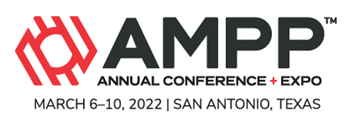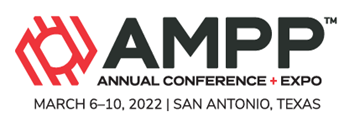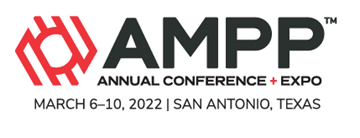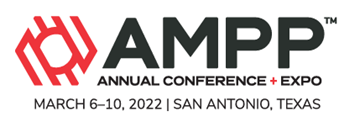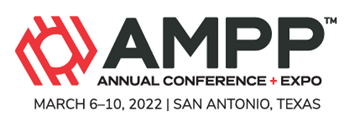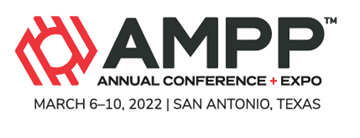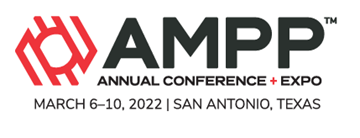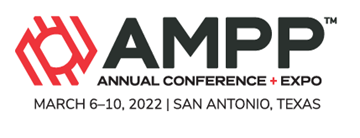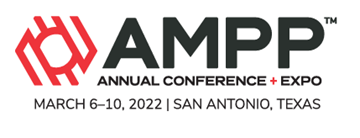Search
Products tagged with '2022 conference papers'
View as
Sort by
Display
per page
Modelling Of IGSCC With Adaptive Framework
Product Number:
ED22-17225-SG
Publication Date:
2022
$20.00
Moisture Management In Thermal Insulations For In-Service And Out Of Service Pipelines
Product Number:
51322-17594-SG
Publication Date:
2022
$20.00
Molecular Deep Dive Into Oilfield Microbiologically Influenced Corrosion: A Detailed Case Study Of MIC Failure Analysis In An Unconventional Asset
Product Number:
51322-17948-SG
Publication Date:
2022
$20.00
Monitoring And Controlling Cathodic Protection Without Using Reference Electrode ― Cathodic Production Effectiveness Margin From Multielectrode Sensor
Product Number:
51322-17872-SG
Publication Date:
2022
$20.00
Monitoring Localized Corrosion Distribution Of Steel Bar In Concrete With OFDR Distributed Optical Fiber
Product Number:
51322-17777-SG
Publication Date:
2022
$20.00
Multitask Learning Framework For Screening Of Corrosion Inhibitors For Mild Steel
Product Number:
51322-17757-SG
Publication Date:
2022
$20.00
Naval Aviation Environmental Severity Correlation
Product Number:
51322-17808-SG
Publication Date:
2022
$20.00
New Experiences With Explosion Clad Alloys UNS N06058 And UNS N06059
Product Number:
51322-17650-SG
Publication Date:
2022
$20.00
New Insights On Groove Criticality Formed Onto Carbon Steel After Sulfide Stress Cracking Test
Product Number:
51322-17871-SG
Publication Date:
2022
$20.00
New Long Service Life Topcoats For Pad-Mounted Transformer Enclosures.
Product Number:
51322-18088-SG
Publication Date:
2022
$20.00
Next Step To Advanced Data Analysis With Pulsed Eddy Currents
Product Number:
51322-17568-SG
Publication Date:
2022
$20.00
Nickel Based Alloy Casting Failure In Potash Production Mill
Product Number:
51322-17528-SG
Publication Date:
2022
$20.00


